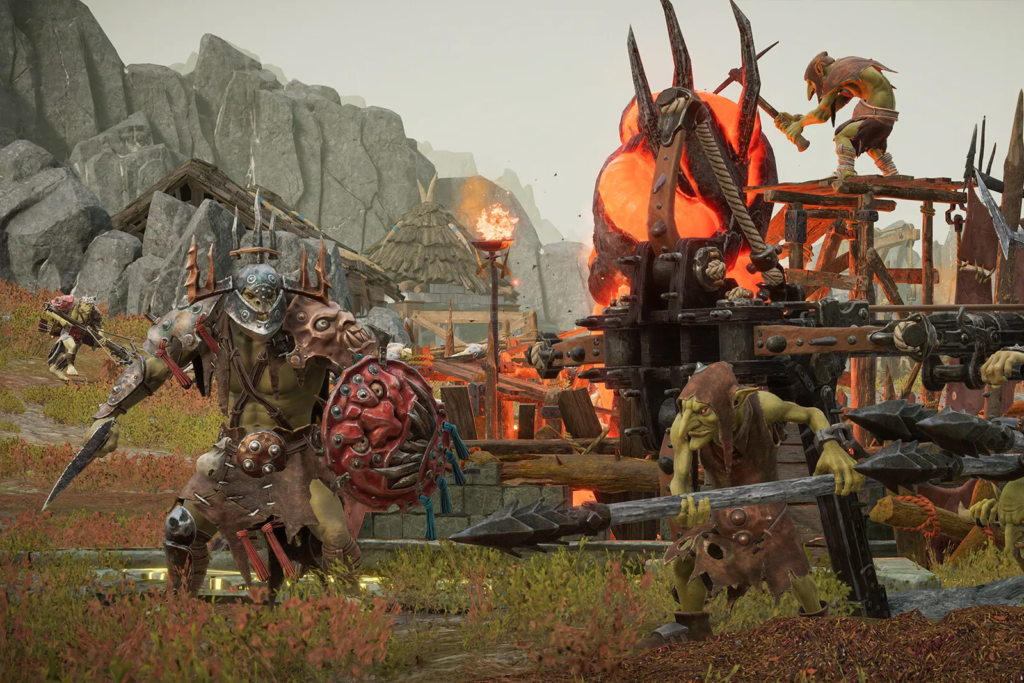ENSEMBLE STUDIOS, the creators of the Age of Empires series, were hesitant to make a console RTS game when they were first approached by Microsoft. However, after being given an ultimatum by Microsoft, they agreed to develop a Halo-themed RTS game for the Xbox. Halo Wars was a commercial success, selling 1 million copies in under a month.
In recent years, console strategy gaming has become increasingly popular. This is due to a number of factors, including the homogenization of the medium, the improved performance of consoles, and the changing interests of developers.
The line between consoles and PC gaming is becoming increasingly blurred. Publishers are increasingly porting their games to multiple platforms, and the launch of the Steam Deck has allowed players to access the world’s biggest PC storefront through a console-style device.

Consoles are now better equipped to handle strategy games. The improved hardware of modern consoles allows developers to bring their games across platforms without sacrificing performance or trimming down the experience.
Developers are now more willing to embrace gamepads for strategy games. This is due to a number of factors, including the maturity of the language of controller use and the changing interests of developers. Strategy developers of the past often saw complexity as a badge of honor, but today’s developers are more focused on creating games that are accessible to a wider range of players.
Overall, the console strategy gaming genre is thriving now because of a number of factors, including the homogenization of the medium, the improved performance of consoles, and the changing interests of developers.








